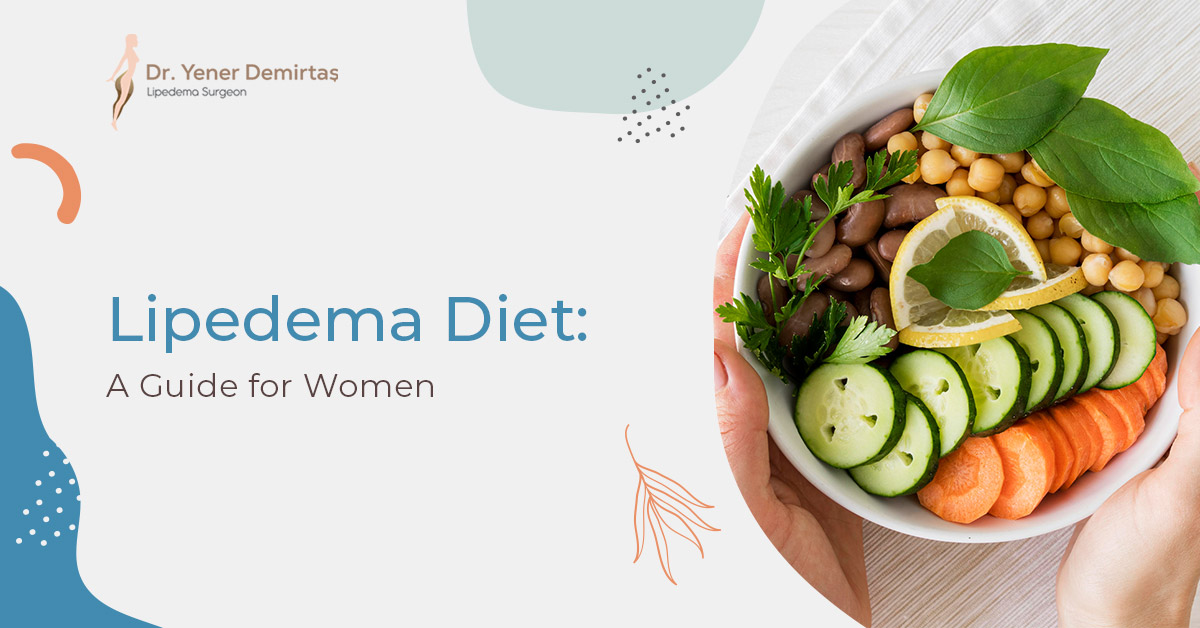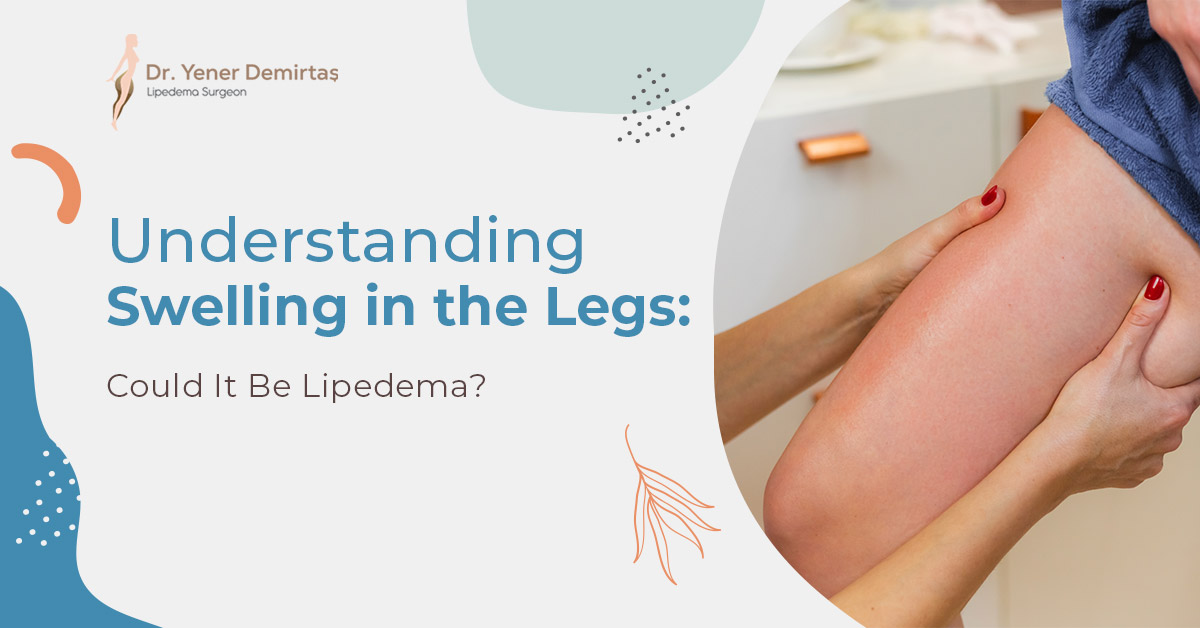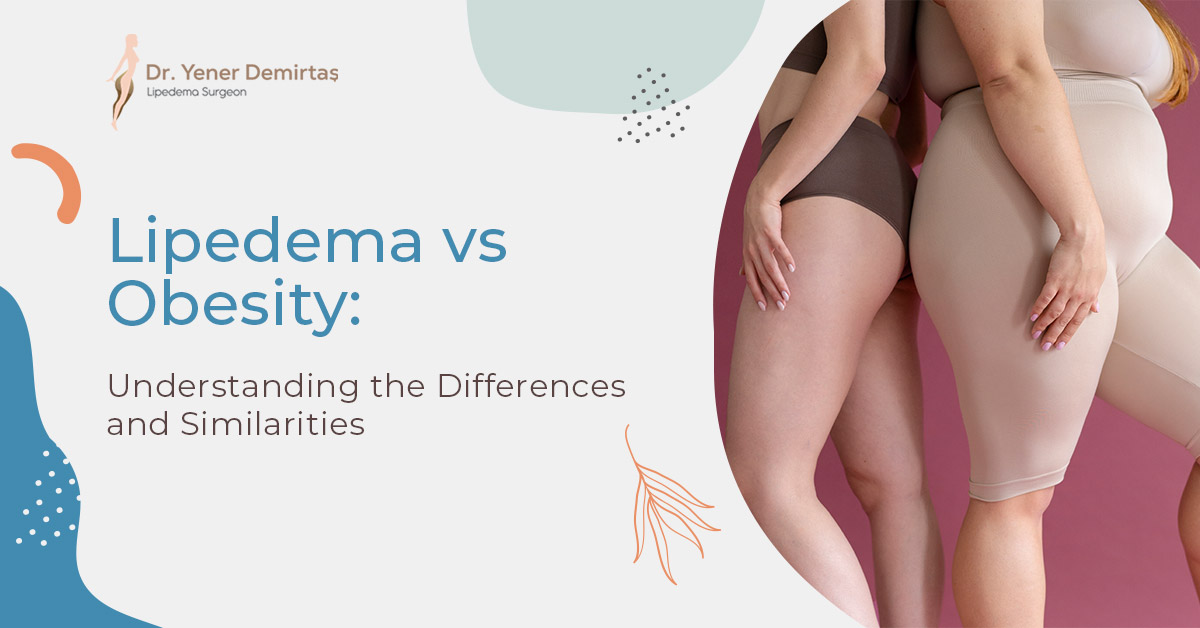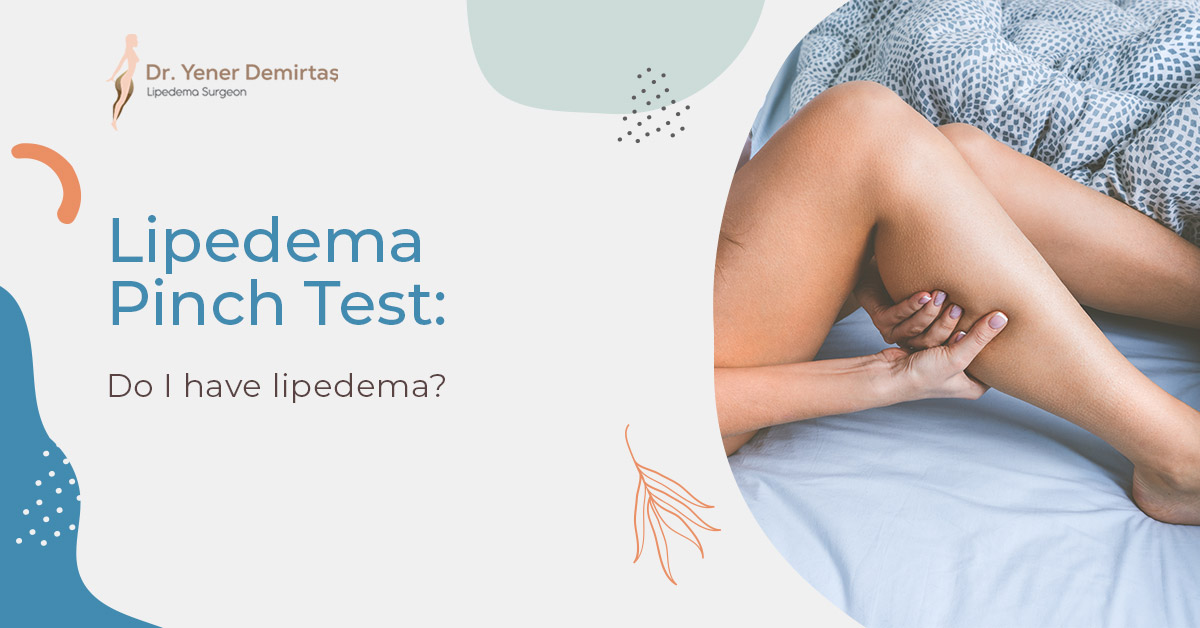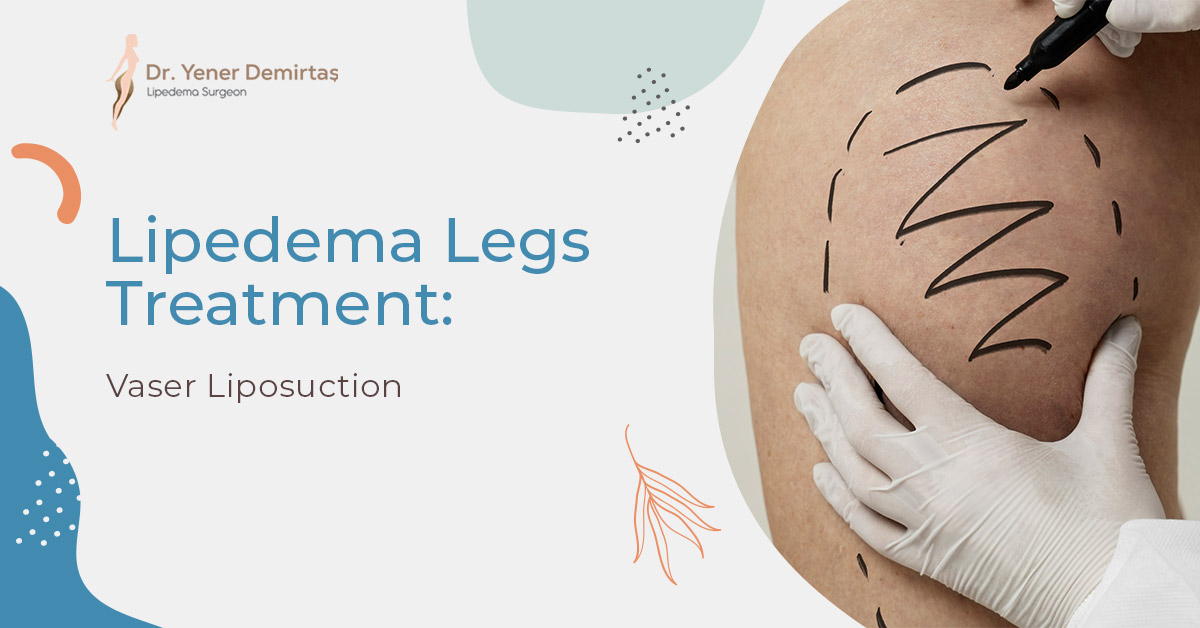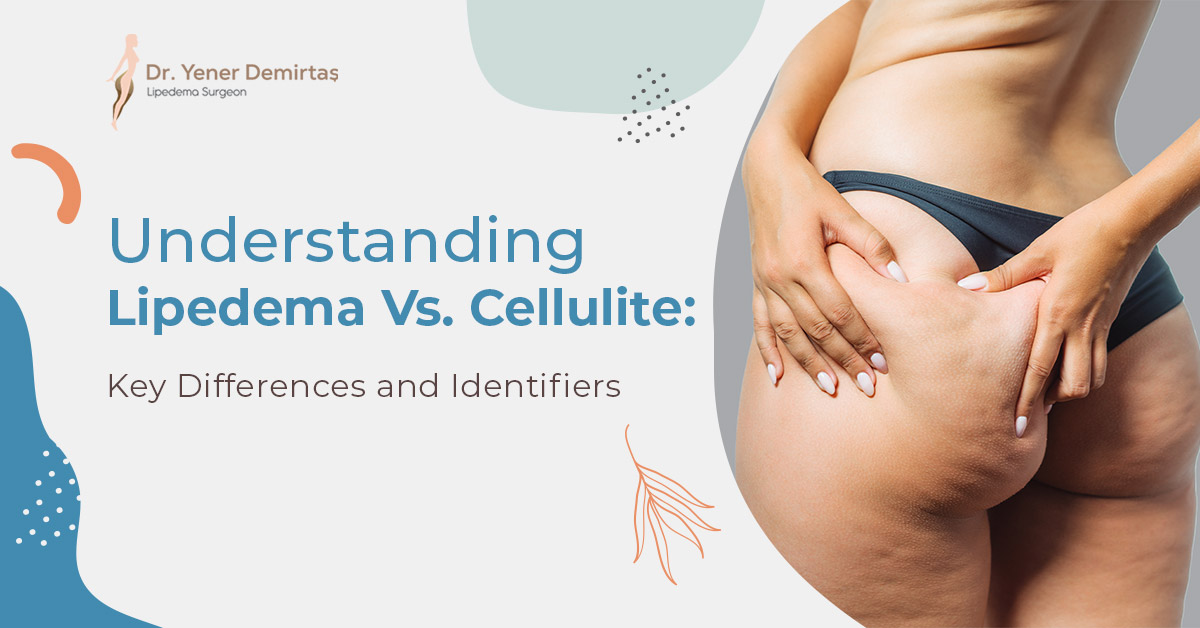
Understanding Lipedema Vs. Cellulite: Key Differences and Identifiers
Lipedema and cellulite - these two conditions, though distinct, often get muddled due to some shared characteristics. Unraveling the differences between these two is crucial, especially when seeking effective treatment and maintaining a healthy lifestyle.
An In-depth Look at Lipedema
Lipedema, a chronic and unfortunately often overlooked condition, primarily affects women, though men are not entirely immune. It's hallmarked by an unusual accumulation of fat, mainly in the lower body areas such as the legs and arms.
Some notable indicators of lipedema include:
- A disproportionate swelling or enlargement in the legs and arms
- A palpable tenderness and a tendency to bruise easily
- An underlying sensation of pain or discomfort in the affected regions
- Fat that resolutely refuses to respond to traditional weight loss methods like diet or exercise
A key point to remember about lipedema is that it's not just a matter of aesthetics; it's a significant health concern that, if left untreated, can impact mobility and overall quality of life.
Unpacking Cellulite
Cellulite, conversely, is far more commonplace and affects up to 90% of women at some point in their lives. It manifests as a 'dimpled' or 'orange peel' appearance on the skin, typically localized around the thighs and buttocks.
Cellulite arises when fat cells bulge against the underlying connective tissue of the skin. Though not a health risk, many people seek treatment for cellulite due to its impact on their appearance.
Contributing factors can include:
- Fluctuations in hormone levels
- The inevitable process of aging
- Underlying genetic predispositions
- A lack of physical activity or a sedentary lifestyle
- Poor diet and hydration habits
Lipedema Vs. Cellulite: Spotting the Key Differences
When examining lipedema and cellulite side-by-side, a few key differences emerge:
- Symptoms: Lipedema is characterized by pain, tenderness, and unusual fat distribution. In contrast, cellulite is usually painless and relates more to changes in skin texture.
- Treatment Approaches: While regular exercise and a balanced diet may help reduce the appearance of cellulite, lipedema often necessitates more specialized treatment methods such as manual lymph drainage, liposuction or compression therapy.
- Risk Factors: Both conditions predominantly affect women, but lipedema is often linked with hormonal changes, such as puberty, pregnancy, or menopause, while cellulite is more linked with lifestyle factors.
Navigating Treatment Options for Lipedema or Cellulite
If you suspect that you may be grappling with lipedema or cellulite and are exploring treatment options, a healthcare professional's advice is invaluable. Accurately determining whether you have lipedema vs cellulite can steer you towards the most suitable and effective treatments. Remember, the goal isn't solely about improving aesthetics but promoting your overall health and wellbeing. Stay informed, seek help, and embrace the journey towards a healthier, happier you.

